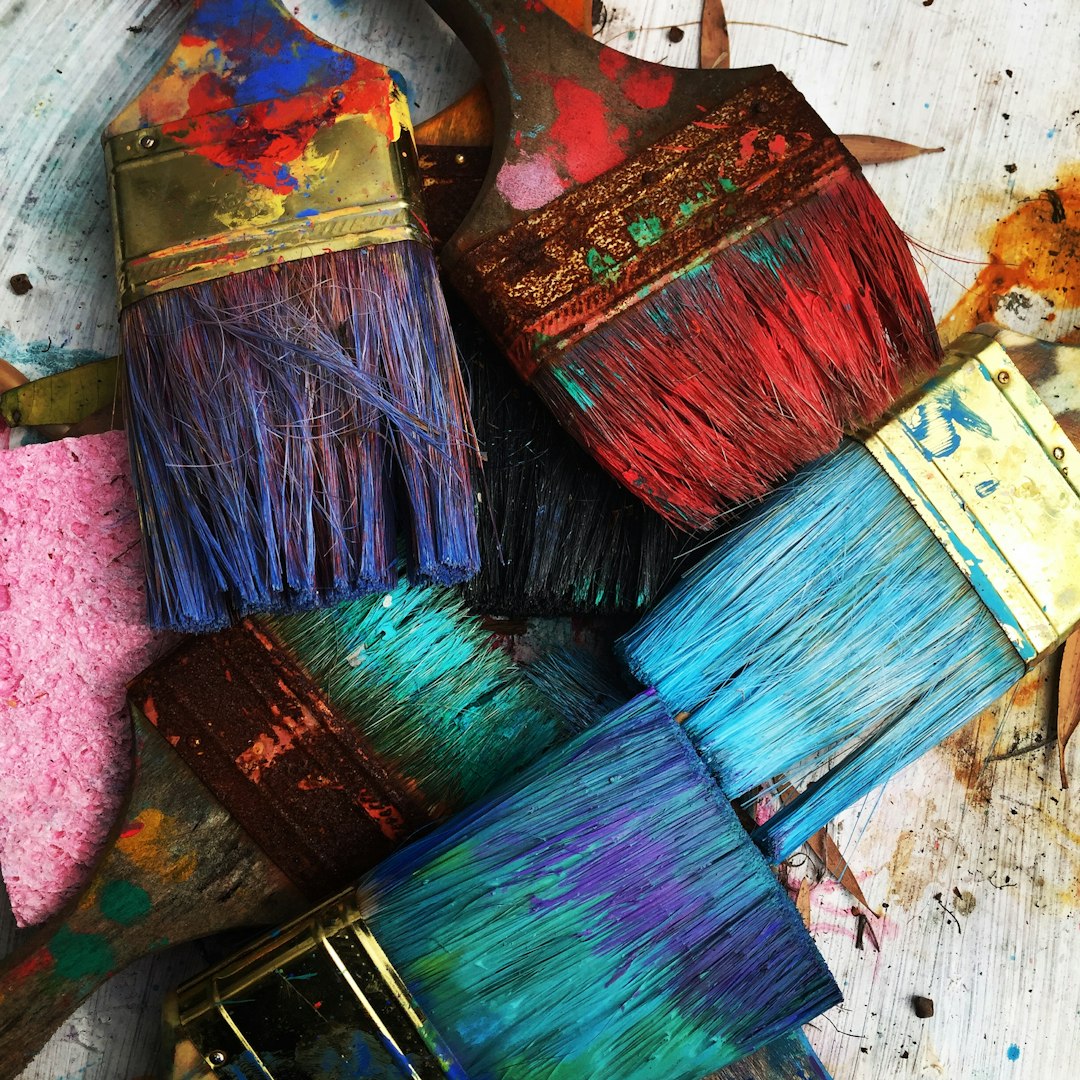All Nonfiction
- Bullying
- Books
- Academic
- Author Interviews
- Celebrity interviews
- College Articles
- College Essays
- Educator of the Year
- Heroes
- Interviews
- Memoir
- Personal Experience
- Sports
- Travel & Culture
All Opinions
- Bullying
- Current Events / Politics
- Discrimination
- Drugs / Alcohol / Smoking
- Entertainment / Celebrities
- Environment
- Love / Relationships
- Movies / Music / TV
- Pop Culture / Trends
- School / College
- Social Issues / Civics
- Spirituality / Religion
- Sports / Hobbies
All Hot Topics
- Bullying
- Community Service
- Environment
- Health
- Letters to the Editor
- Pride & Prejudice
- What Matters
- Back
Summer Guide
- Program Links
- Program Reviews
- Back
College Guide
- College Links
- College Reviews
- College Essays
- College Articles
- Back
Sfumato-- Leonardo Da Vinci created his own oil painting technique
What I want to introduce is Sfumato, which is a specific painting technique used in Renaissance painting, and it's a famous technique for manipulating various shades of light and shade in an image. This approach is also being adapted into painting software, such as painting tools like Procreate and photoshop.
Sfumato is an Italian word that translates to "smoke." Long ago, Leonardo Da Vinci also wrote in his diary that Sfumato was his attempt to subtly convey a soft sense of smoke on the screen. By fusing dark and light sides, he shows the rich layers from shadow to light.
Therefore, according to Da Vinci, halo painting is like smoke, an effect without lines or boundaries. This technique gives the outline of the object in the work a hazy effect, while making the object look more three-dimensional. He also avoided sharp, rough Outlines to show shadows. Leonardo Da Vinci, for example, would eliminate the obvious brushstrokes in his paintings.
In fact, Renaissance painters were always trying to create a 3D illusion, because it was also an accurate reflection of the world. As real as a photograph, they wanted to erase all the brushstrokes they had made. And that's why Da Vinci created this technique.
At this point you might ask, how did Da Vinci achieve subtle gradients in the shadows when there were no visible strokes? That's because he uses very thin layers of pigment, and each layer is a nearly transparent glaze, and each glaze has only a small amount of a single pigment, which means he doesn't mix different pigments together. Instead, he would apply one layer of paint glaze to the canvas, let it dry, then apply another layer, and then layer upon layer upon layer... After these steps, the results will be very striking and impressive.
Later, some contemporary scientists would like to know how many layers of glaze there are in the halo coating, how thin it is, and what ingredients Leonardo used in the glaze. To answer these questions, scientists sometimes take samples directly from a previous painting by Da Vinci, or even from priceless paintings like the Mona Lisa. Then, for protection, they developed a better way to do it, and they developed a non-invasive technique called X-ray fluorescence spectroscopy. This method can extract the samples under the frame without damaging the painting.
Scientists used X-rays to analyze faces in seven different Da Vinci paintings and finally found the answer.
First, they found that the layers can be very thin, as small as 2 microns when viewed under a microscope. And in order to better control the thickness, Da Vinci gave up the brush and applied it with his fingertips. In addition, because he had to let each layer dry before adding the next layer, each layer had to wait for a few days, even a month, so this is also the reason why Leonardo took a long time to complete a work.
In the later period, this method was inherited and developed by Raphael, creating a mellow and unique style. To this day, as is now well known.
Similar Articles
JOIN THE DISCUSSION
This article has 0 comments.


I would like to introduce a kind of painting technology using by Leonardo Da Vinci